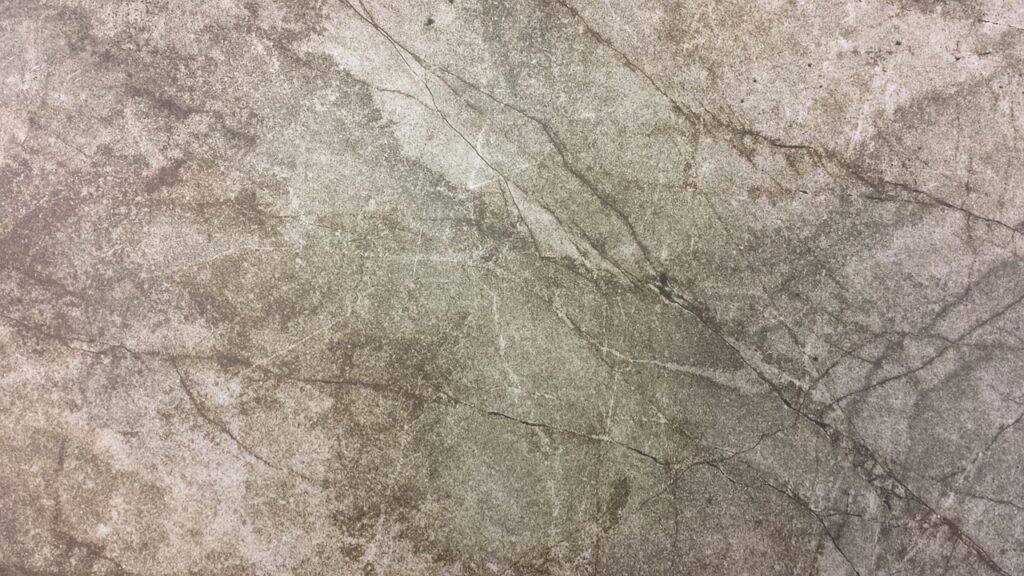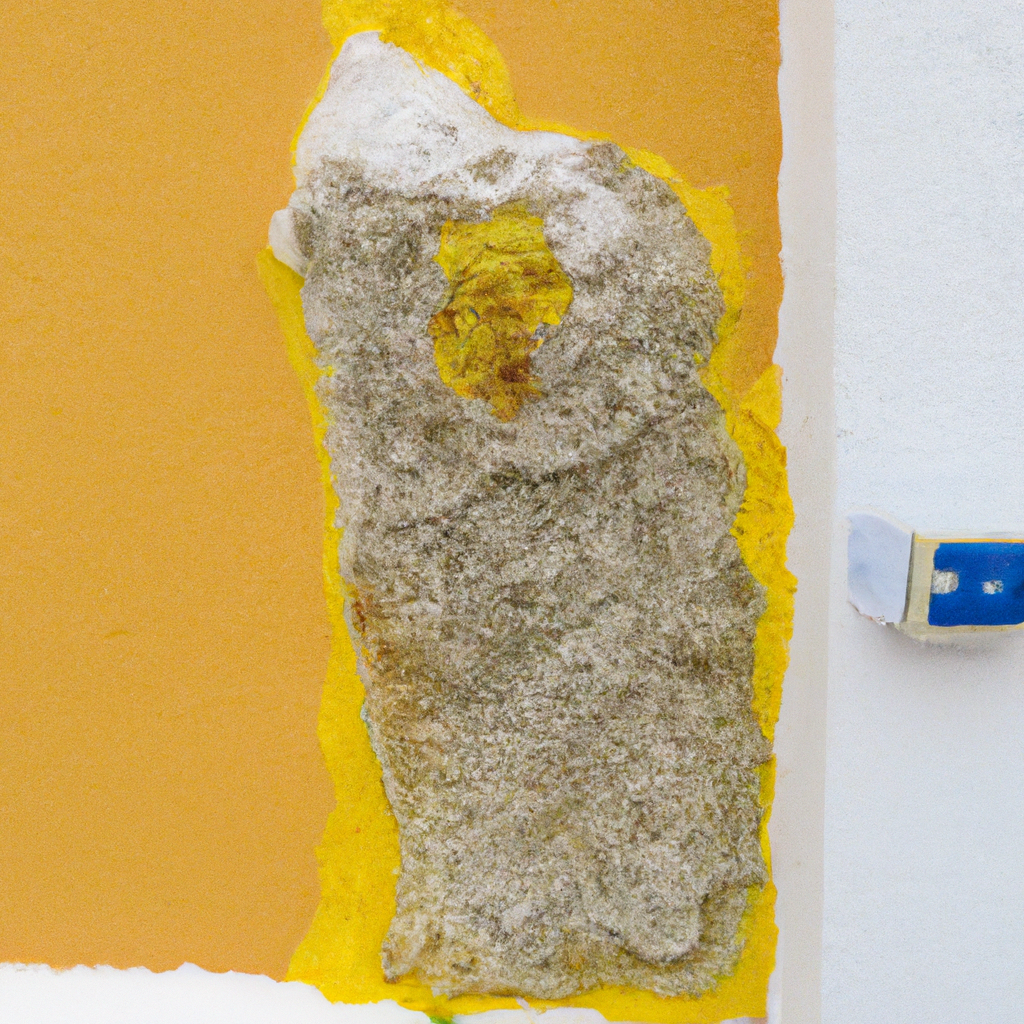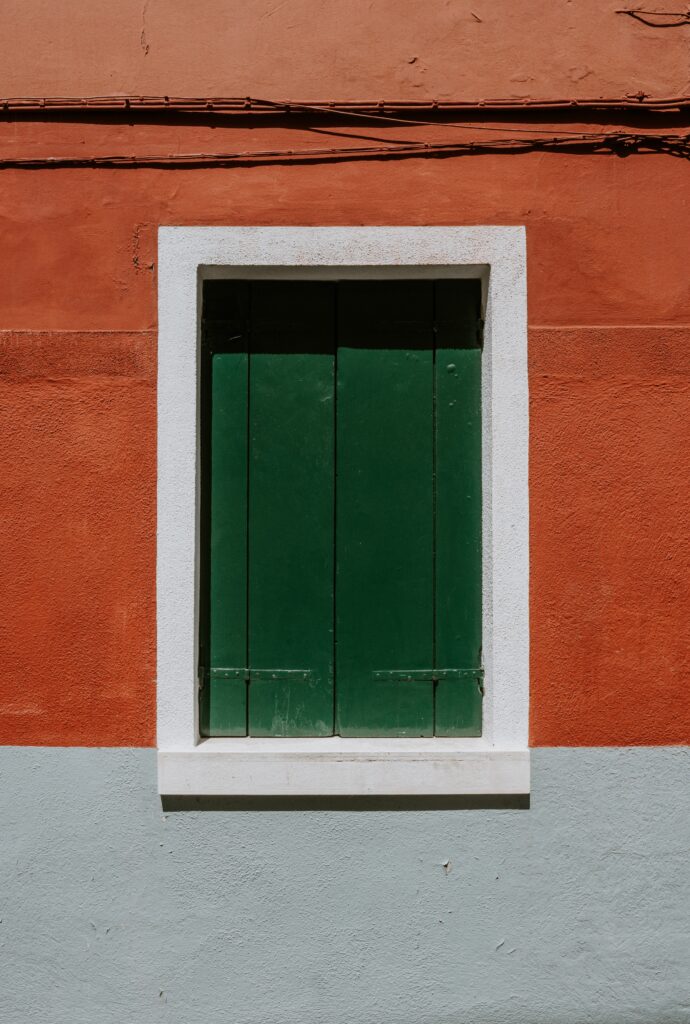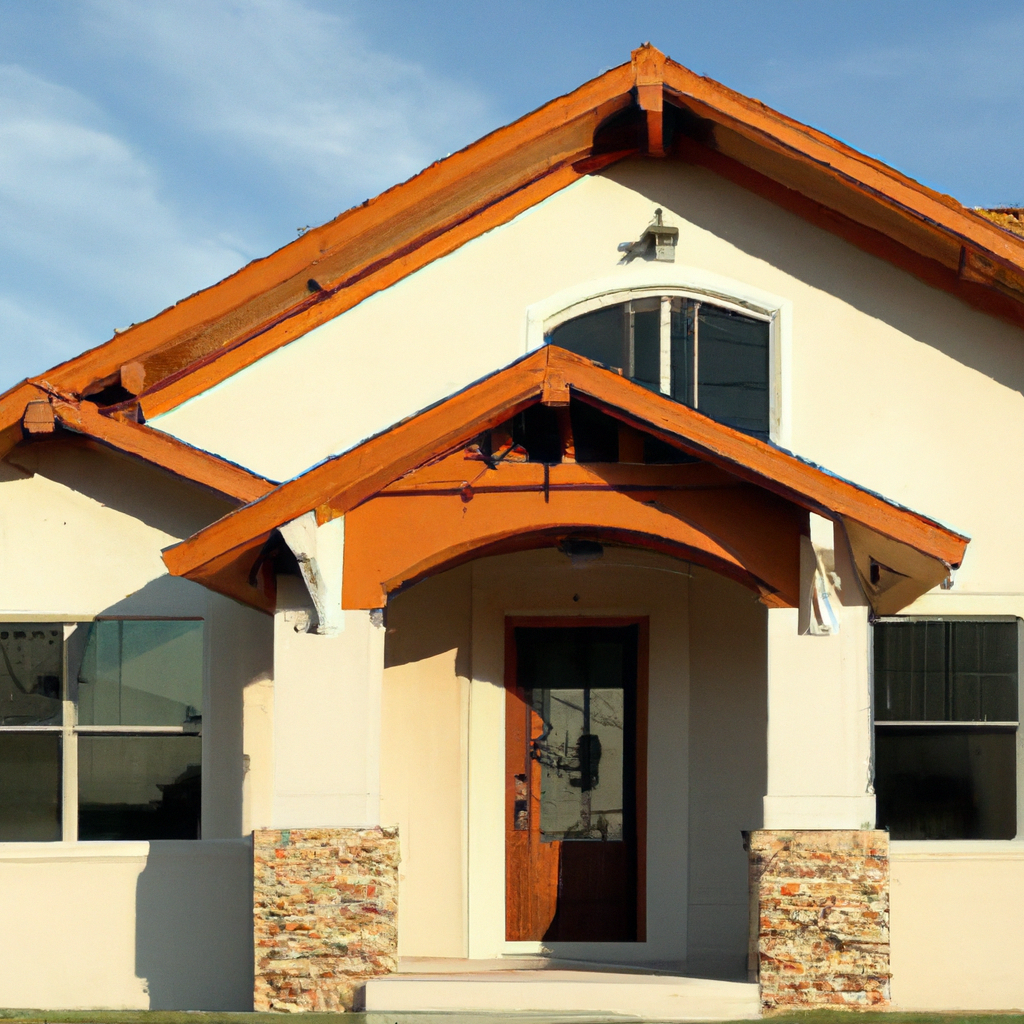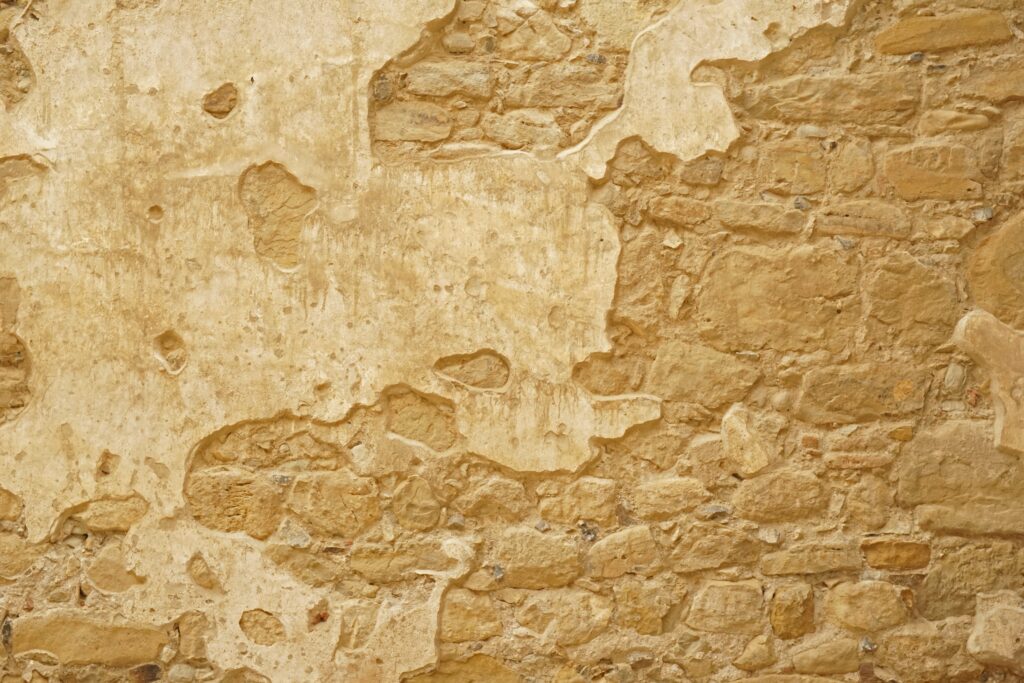You might not realize it, but the appearance of your home’s exterior plays a crucial role in creating a warm and inviting atmosphere for both you and your guests. If you’ve noticed cracks or damage to your stucco, it’s time to take action. In this article, we will explore the world of stucco repair, discussing the common signs of damage, the importance of addressing it promptly, and the various methods used to restore your stucco to its former glory. Don’t let those unsightly cracks bring down the overall curb appeal of your home – let’s dive into the world of stucco repair together.
Understanding Stucco
What is Stucco?
Stucco is a popular building material that has been used for centuries to create durable and aesthetically pleasing exterior finishes. It is made from a mixture of cement, sand, and water, which is applied to walls and other surfaces to create a smooth, textured, or decorative finish. Stucco is known for its versatility and ability to withstand harsh weather conditions, making it a popular choice for both residential and commercial properties.
Benefits of Stucco
There are several benefits to using stucco as an exterior finish. One of the main advantages is its durability. Stucco has a long lifespan, often lasting for decades with minimal maintenance. It is resistant to cracking, fading, and rotting, making it ideal for areas with extreme weather conditions. Stucco also acts as a natural insulator, helping to regulate the temperature inside a building and reduce energy costs.
Another benefit of stucco is its versatility in terms of design options. It can be applied in various textures and colors, allowing homeowners and architects to create unique and visually appealing facades. Stucco is also fire-resistant, adding an extra layer of safety to a property. Additionally, stucco is an environmentally friendly choice, as it is made from natural materials and does not emit harmful chemicals.
Common Issues with Stucco
While stucco is a durable and long-lasting material, it is not without its share of issues. One common problem with stucco is cracking. Over time, small cracks may appear due to normal settling of the building or shifts in the foundation. These cracks can allow moisture to penetrate the stucco, leading to more severe damage if not addressed promptly.
Another issue that homeowners may encounter is damage caused by impact. For example, if a heavy object strikes the stucco, it can cause chips or even holes in the surface. Additionally, improper installation or inadequate maintenance can result in blistering, peeling, or flaking of the stucco.
Moisture-related problems are also common with stucco. If water gets behind the stucco, it can lead to rotting of the underlying materials, mold growth, or even structural damage. Identifying and addressing these issues early on is crucial to prevent further damage and ensure the longevity of the stucco finish.
Assessing the Damage
Identifying Cracks and Damage
When assessing stucco damage, it is essential to keep an eye out for cracks and other signs of deterioration. Small, hairline cracks may be an indication of minor settlement issues, while larger cracks may suggest more significant structural problems. Look for any areas where the stucco has become loose, blistered, or chipped, as these areas may require repair.
Determining the Severity of the Damage
Once you have identified the cracks and damage, it is essential to determine the severity of the problem. Minor cracks or surface-level damage can often be repaired with minor intervention, while more significant cracks or structural issues may require professional assistance. Assess the extent of the damage to make an informed decision on the next steps.
Evaluating the Underlying Causes
To prevent future damage, it is crucial to identify and address the underlying causes of the stucco damage. Common causes include improper installation, inadequate waterproofing, or moisture intrusion. By evaluating these factors, you can implement appropriate measures to ensure the longevity of the repaired stucco.
Preparation for Repair
Gathering the Required Tools and Materials
Before starting the repair process, gather all the necessary tools and materials. This may include a trowel, putty knife, wire brush, hammer, chisel, replacement stucco mix, bonding agent, waterproofer, and protective gear such as gloves and safety glasses. Having everything on hand will help streamline the repair process and ensure that you have everything you need.
Cleaning and Clearing the Area
Before beginning any repair work, it is important to clean and clear the damaged area. Use a wire brush or another suitable tool to remove any loose or crumbling stucco. Clear away any debris or foreign objects that may hinder the repair process. This will ensure that the patching compound adheres properly and will result in a cleaner finished repair.
Ensuring Safety Measures
When working with stucco, it is crucial to take appropriate safety measures. Wear protective gear such as gloves and safety glasses to protect yourself from any debris or dust. If the damage is extensive or involves working at heights, consider using scaffolding or a ladder to ensure stability and reduce the risk of accidents.
Repairing Minor Cracks
Preparing the Crack
To repair minor cracks in the stucco, start by preparing the crack. Use a wire brush or a chisel to clean out the crack, removing any loose debris and creating a clean surface for the patching compound. Make sure the crack is free of dust and dirt before proceeding.
Applying the Patching Compound
Once the crack is prepared, apply the patching compound. Use a putty knife or trowel to fill the crack with the compound, ensuring that it is level with the surrounding stucco. Smooth out the surface, removing any excess compound, and allow it to dry according to the manufacturer’s instructions.
Smoothing and Blending the Repair
After the patching compound has dried, use sandpaper or a sanding block to smooth the repair, blending it with the surrounding stucco. This will create a seamless finish and remove any rough edges or imperfections. Once you are satisfied with the texture and appearance of the repair, you can proceed to the next steps in the repair process.

Addressing Larger Damages
Removing Loose or Damaged Stucco
For more significant damages such as deep cracks or holes, it may be necessary to remove the loose or damaged stucco before proceeding with repairs. Use a hammer and chisel to carefully remove the damaged stucco, taking care not to cause further damage to the underlying materials. Ensure that the area is clean and free of debris before starting the repair.
Repairing Deep Cracks and Holes
Once the damaged stucco has been removed, proceed to repair deep cracks and holes. Fill the void with a suitable patching compound, ensuring that it is level with the surrounding stucco. Smooth out the surface and allow the compound to dry before proceeding to the next steps.
Reapplying the Stucco Coat
After the repaired area has dried, it is time to reapply the stucco coat. Mix a new batch of stucco according to the manufacturer’s instructions and apply it to the repaired area, using a trowel or putty knife. Smooth out the surface and blend it with the existing stucco, ensuring a consistent texture and appearance. Allow the stucco to cure fully before moving on to the next steps.
Dealing with Moisture Issues
Identifying Water Intrusion Sources
To prevent further damage, it is crucial to identify and address any water intrusion sources that may have caused the stucco damage. Inspect the area for signs of water stains, mold growth, or areas of moisture accumulation. Common sources of water intrusion include faulty gutters, improper flashing, or leaks in plumbing or windows. Determine the source of the water infiltration and take appropriate measures to fix the issue.
Fixing Leaks and Waterproofing
Once the water intrusion sources have been identified, take steps to fix leaks and improve waterproofing. This may involve repairing or replacing faulty gutters, sealing gaps around windows and doors, or addressing plumbing issues. It is important to ensure that water is directed away from the stucco surface and that proper waterproofing measures are in place to protect the stucco from future damage.
Applying Protective Coatings
As an additional measure to protect the stucco from moisture and other potential damage, consider applying protective coatings. There are various sealants and waterproofing coatings available that can help enhance the durability and longevity of the stucco finish. Consult with a professional or research the best options for your specific needs before applying any protective coatings.

Matching Texture and Color
Creating Custom Stucco Texture
To match the existing stucco texture, it may be necessary to create a custom texture for the repair area. This can be achieved by using a texture roller, trowel, or other suitable tools. Experiment with different techniques and tools to achieve a texture that closely matches the surrounding stucco. Take your time and ensure that the texture blends seamlessly for a visually appealing finish.
Blending Colors for Seamless Repair
Stucco comes in a variety of colors, making it important to match the color of the repaired area with the existing stucco. This can be achieved by using a premixed stucco color that closely resembles the original color. Test the color on a small patch before applying it to the repair area to ensure a seamless blend. Adjust the color as needed to achieve the desired match.
Applying the Texture to the Repair Area
Once the texture and color have been determined, apply the texture and color to the repair area. Use a trowel or other suitable tools to apply the stucco mixture, ensuring that it matches the surrounding stucco both in texture and color. Take your time and pay attention to detail to achieve a professional-looking repair.
Finalizing the Repair
Curing and Drying the Stucco
After completing the repair, allow the stucco to cure and dry. Follow the manufacturer’s instructions for the specific stucco mix used, as curing times may vary. Keep the repaired area protected from excessive moisture or direct sunlight during the curing process to ensure the best results.
Inspecting and Touching Up the Repair
Once the stucco has fully cured, inspect the repair area to ensure that it has been properly addressed. Look for any imperfections, rough edges, or areas that may require touching up. Smooth out any rough spots and blend them with the surrounding stucco for a seamless finish. Take the time to make any necessary adjustments and ensure that the repair is of high quality.
Maintaining and Preventing Future Damage
To maintain the longevity of the stucco finish and prevent future damage, it is important to implement proper maintenance measures. Regularly inspect the stucco for any signs of damage or water intrusion and address them promptly. Keep the stucco clean by washing it periodically, using a mild detergent and a soft brush. Additionally, ensure that proper grading and drainage systems are in place to prevent water from collecting near the stucco surface.
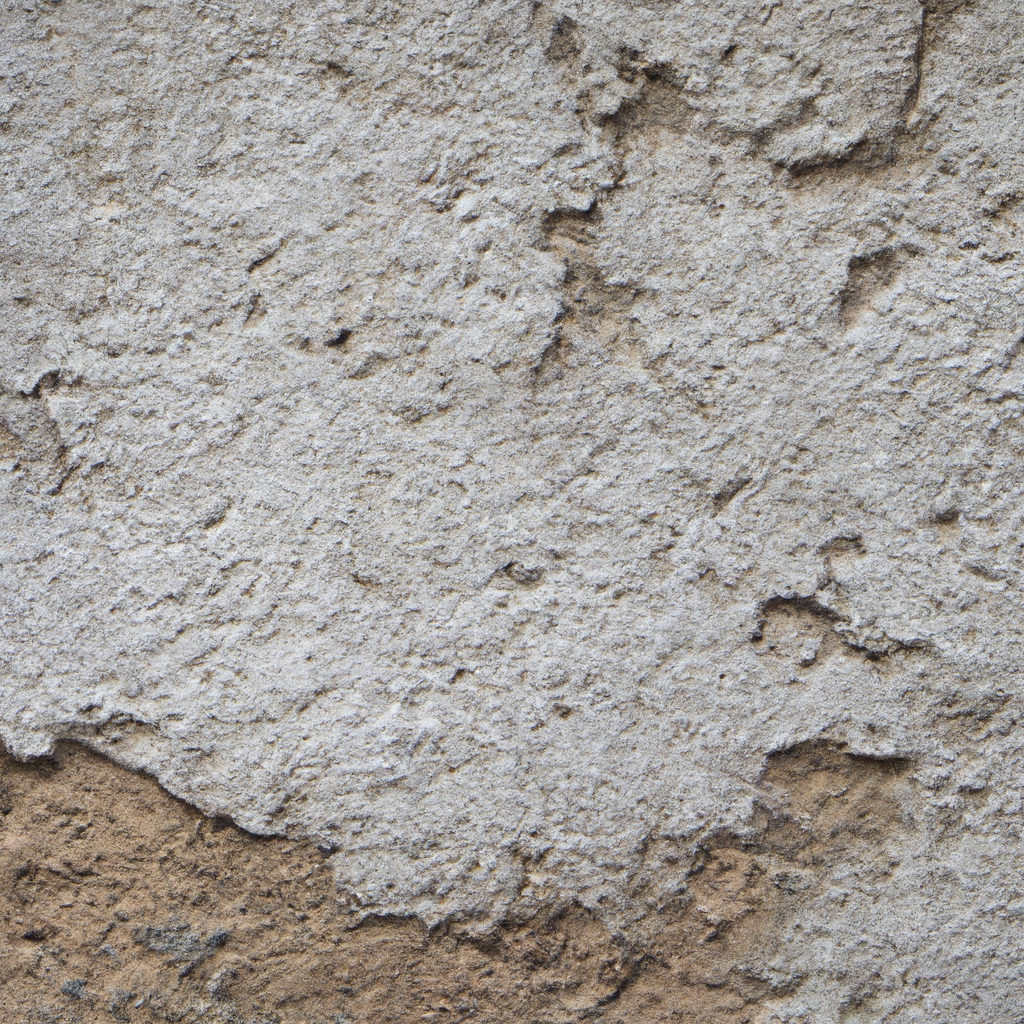
Hiring Professional Help
When to Consider Professional Assistance
While minor stucco repairs can often be done by homeowners, there are instances where professional assistance may be necessary. If the damage is extensive, involves structural issues, or requires specialized skills, it is recommended to hire a professional stucco repair contractor. Additionally, if you are unsure about the repair process or lack the necessary tools and materials, seeking professional help can ensure a high-quality and long-lasting repair.
Choosing a Reliable Stucco Repair Contractor
When selecting a stucco repair contractor, it is important to choose a reliable and experienced professional. Research different contractors in your area, read reviews, and ask for references. Ensure that the contractor has the necessary licenses and insurance, and request a detailed estimate for the repair project. By choosing a reputable contractor, you can have peace of mind knowing that the repair will be done properly and efficiently.
Evaluating Cost and Time Factors
Before deciding whether to hire a professional or tackle the repair yourself, consider the cost and time factors. While hiring a professional may be more expensive, it can save you time and ensure a high-quality repair. On the other hand, DIY repairs can be cost-effective but may require more time and effort. Evaluate your budget and timeline to make the best decision for your specific situation.
Conclusion
Understanding stucco and how to repair it is crucial for homeowners and property owners. By familiarizing yourself with the basics of stucco and following the proper repair procedures, you can effectively address small cracks, damage, and moisture issues. Whether you decide to repair the stucco yourself or hire a professional, the key is to take prompt action and implement preventative measures to ensure the longevity of your stucco finish. With the right knowledge and tools, you can maintain a beautiful and durable exterior finish for your home or building.
